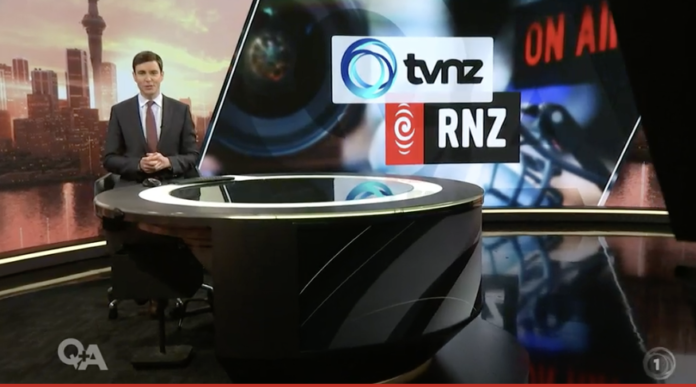For more than a decade, AUT’s Journalism Media & Democracy (JMAD) has published annual reports on Media Ownership in Aotearoa New Zealand.
In late 2022, the basic sectoral pattern of national media ownership remains: shareholder- and private equity-owned corporations, smaller private independent companies, and Crown-owned broadcasters. The former sector, dominated by New Zealand Media and Entertainment (NZME), Sky, Spark Sport, MediaWorks, and Warner Brothers/Discovery, has been shaped by the forces of transnationalisation, financialisation, and conglomeration. Overall, these entities are owned by financial institutions (listed and unlisted), a telecommunications corporate with multinational institutional shareholders, and a telecommunications/media entertainment behemoth with global holdings. Within the national media ecology, corporate players encroach upon the private-independent sector. In December 2021, for example, NZME acquired BusinessDesk, including its news operation, for an initial cash payment of $3.5 million.
Looking across the national mediascape, two historic developments are under way—the merging of RNZ with TVNZ and the dealings involving Google, Meta/Facebook, and various media organisations. In each case, the final outcome is hard to predict, we stand at a crossroads.
Aotearoa New Zealand Public Media (ANZPM) will definitely take shape, but the relative importance of government funding, commercial revenue, and charter public media principles is yet to be specified. The inaugural CEO has not been chosen, and the very existence of their organisation will depend on next year’s general election outcome. The most worrying prospect is that of a National-Act government with the latter holding Cabinet portfolios. Both parties have vowed to dismantle ANZPM, but this might not be a high policy priority. Further, the realities of digital convergence cannot simply be rolled back. Audio and visual are no longer discreet broadcasting mediums. Forcing RNZ and TVNZ back into siloed institutions would make little operational sense.
Select committee hearings on the Bill, including the charter, have been completed. Overall, submissions to the select committee reveal two opposing viewpoints. Corporate media players and the largest independents perceive that ANZPM will distort commercial media markets. This argument is illusory. Corporate media players have wielded significant market power across multiple media domains—radio, television, streaming, web-digital and print-online. To counter this, ANZPM and its charter must exemplify non-commercial public media principles.
Let us now consider media organisation deals with Google and Meta/Facebook. The latter draw advertising revenue away from the news media at the same time as relaying their content to online users. This effectively contracts newsrooms and undermines journalism. In Australia, to redress this unbalanced relationship and obtain compensatory returns, a News Media Bargaining Code was legally established in 2021. In 2022, application of the code was extended to include further news media organisations. The situation in Aotearoa New Zealand has been quite different. The Commerce Commission has allowed the News Publishers’ Association (NPA) to collectively negotiate with Google and Meta/Facebook for compensation. This process excluded RNZ and TVNZ. In August, Google launched its News Showcase with NZME outlets, RNZ, Crux, Newsroom and the Pacific Media Network as debut partners and contributors. TVNZ, Allied Press, the Spinoff and Stuff were excluded. The preceding engagements have been piecemeal and often furtive. Clearly, for news media organisations to gain due compensation from Google and Meta/Facebook, a national legally enforceable bargaining code must be established.
Considered together, the prospective formation of ANZPM and a news media/social media bargaining code should reshape the national media ecology. How this happens, indeed, if it happens, will be the subject of JMAD’s 2023 report.



It is an interesting period of time for national news media. Indeed. The future appears bright for the sector.
Comments are closed.